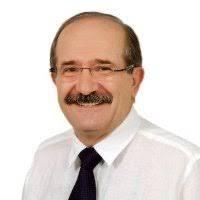Binding of C3 fragments on top of adsorbed plasma proteins during complement activation on a model biomaterial surface.
Biomaterials, 26 (13):
1477--1485 (May 2005)DOI: 10.1016/j.biomaterials.2004.05.011
Abstract
In the present study we investigate whether complement activation in blood in contact with a model biomaterial surface (polystyrene) occurs directly on the material surface or on top of an adsorbed plasma protein layer. Quartz crystal microbalance-dissipation analysis (QCM-D) complemented with enzyme immunoassays and Western blotting were used. QCM-D showed that the surface was immediately covered with a plasma protein film of approximately 8 nm. Complement activation that started concomitantly with the adsorption of the protein film was triggered by a self-limiting classical pathway activation. After adsorption of the protein film, alternative pathway activation provided the bulk of the C3b deposition that added 25% more mass to the surface. The build up of alternative pathway convertase complexes using purified C3 and factors B and D on different protein films as monitored by QCM-D showed that only adsorbed albumin, IgG, but not fibrinogen, allowed C3b binding, convertase assembly and amplification. Western blotting of eluted proteins from the material surface demonstrated that the C3 fragments were covalently bound to other proteins. This is consistent with a model in which the activation is triggered by initiating convertases formed by means of the initially adsorbed proteins and the main C3b binding is mediated by the alternative pathway on top of the adsorbed protein film.
